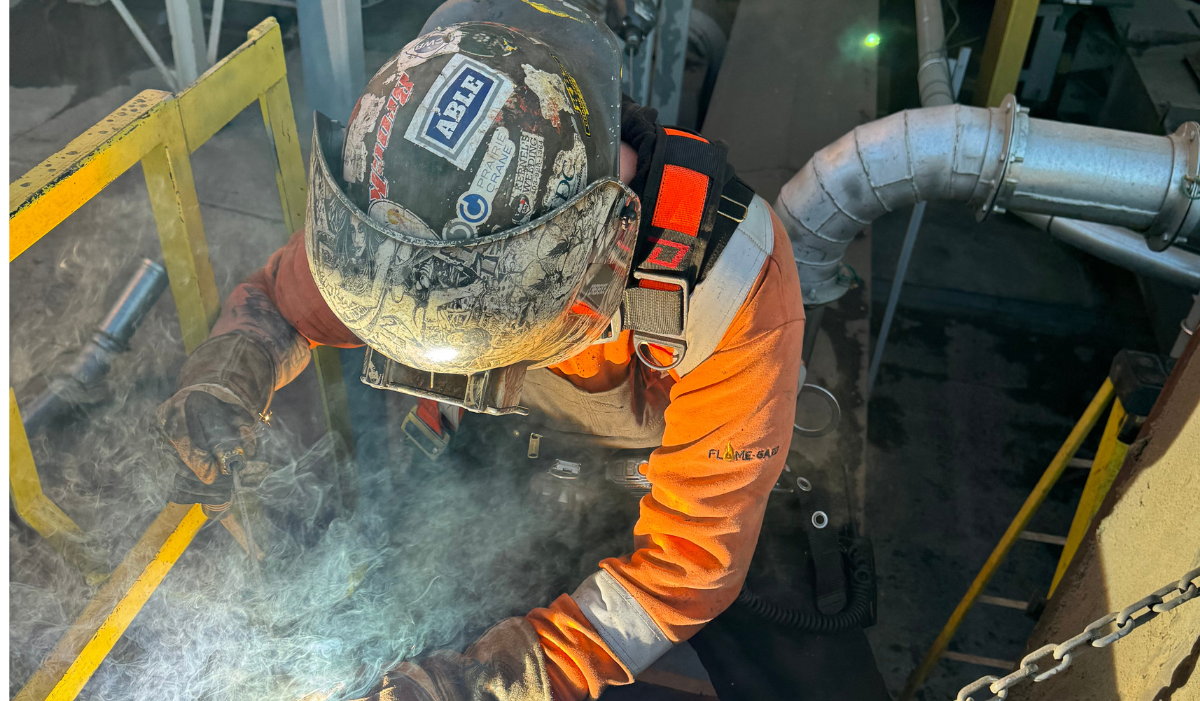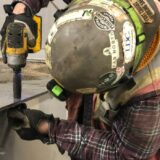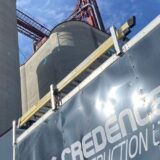A Complete Guide to Welding Inspection Standards in Saskatchewan
Introduction
Picture this: a new grain storage facility is ready to handle thousands of bushels during harvest, but a single weak weld in the framework gives way. The result? Costly delays, safety risks, and a potential loss of trust. Situations like this are exactly why welding inspection is such an important part of construction and industrial projects in Saskatchewan.
Across the province, welding is used in mining equipment, oil and gas facilities, agricultural machinery, bridges, and commercial buildings. To keep these structures safe and reliable, welds must meet strict quality standards. This guide explores what welding inspection involves, the standards that apply in Saskatchewan, and why it matters for businesses and communities.
What Is Welding Inspection?
At its core, welding inspection is the process of checking welds for strength, safety, and compliance. Inspectors don’t just look at the finished weld—they also review materials, procedures, and the skills of the welder.
A proper welding inspection typically covers three stages:
- Before welding: Reviewing welding procedures, equipment settings, and materials.
- During welding: Monitoring the process to make sure standards are followed.
- After welding: Examining the completed weld for defects or weaknesses.
The goal is simple: ensure every weld performs as intended, whether it’s holding up a conveyor belt in a potash mine or securing beams in a commercial warehouse.
Welding Inspection Standards in Saskatchewan
Canadian Welding Bureau (CWB) Certification
In Canada, the Canadian Welding Bureau (CWB) oversees certification for welders and companies. For projects involving structural steel, Saskatchewan companies must hold CWB certification. This ensures welders are trained, tested, and able to deliver work that meets national safety standards.
CSA Standards
Several Canadian Standards Association (CSA) codes guide welding inspection. Some of the most relevant include:
- CSA W47.1 – Certification of companies for fusion welding of steel.
- CSA W59 – Design, fabrication, and inspection of welded steel structures.
- CSA W178.2 – Certification of welding inspectors.
These codes act as a rulebook for inspectors, ensuring that welds are not only strong but also compliant with industry norms.
Provincial Regulations
Saskatchewan’s Occupational Health and Safety Regulations reinforce these standards. Employers are legally required to have welds inspected by qualified personnel, and unsafe welds must be corrected before equipment or structures are used.
Types of Welding Inspection
Visual Inspection
The first step is often visual. Inspectors check weld size, shape, and alignment, while looking for surface issues like cracks, undercuts, or porosity.
Non-Destructive Testing (NDT)
When a deeper check is needed, inspectors turn to methods that don’t damage the weld. These include:
- Ultrasonic Testing (UT): Sound waves reveal hidden flaws.
- Radiographic Testing (RT): X-rays or gamma rays provide an inside view of the weld.
- Magnetic Particle Testing (MT): Finds surface cracks in magnetic metals.
- Liquid Penetrant Testing (PT): Uses dye to highlight fine surface defects.
Destructive Testing
Sometimes, sample welds are tested to the point of failure. While not done on final structures, destructive testing measures how strong and durable welds are under stress.
Why Welding Inspection Matters
- Protecting People
The most important reason for welding inspection is safety. In sectors like mining and construction, weld failures can put workers at serious risk. - Meeting Legal Requirements
Skipping proper inspections can lead to regulatory penalties, failed project approvals, or costly delays. - Saving Time and Money
Finding and fixing problems early is far less expensive than dealing with equipment failure or structural collapse later on. - Building Trust
Clients want to know their projects are in good hands. Companies that prioritize welding inspection earn a reputation for reliability and quality.
Qualifications of Welding Inspectors
Not just anyone can perform welding inspection. Inspectors in Saskatchewan are certified under CSA W178.2, which recognizes three levels:
- Level 1: Entry-level inspectors who work under supervision.
- Level 2: Inspectors who handle more advanced testing and supervise others.
- Level 3: Senior experts who design inspection programs and oversee compliance.
This layered system ensures inspectors are skilled, knowledgeable, and able to meet the demands of complex industrial projects.
Welding Inspection Across Saskatchewan’s Industries
Mining and Energy
Welds on heavy equipment, processing plants, and pipelines must withstand constant stress. Inspection ensures safety in harsh conditions.
Agriculture
From grain elevators to machinery frames, agricultural operations depend on solid welds. Inspection keeps farms running smoothly during critical seasons.
Construction and Infrastructure
Commercial buildings, bridges, and warehouses rely on structural steel. Regular welding inspection ensures these structures remain safe for public use.
Common Welding Defects Found in Inspections
During inspections in Saskatchewan, common issues include:
- Cracks: Serious flaws that compromise safety.
- Porosity: Small gas pockets that weaken welds.
- Incomplete Fusion: Poor bonding between weld and base metal.
- Undercutting: Grooves at the weld edges that reduce strength.
Spotting these early prevents failures down the line.
Best Practices for Welding Inspection
- Use clear welding procedures that align with CSA standards.
- Hire certified welders and inspectors with relevant experience.
- Inspect in stages—before, during, and after welding.
- Keep thorough documentation of all inspections, repairs, and qualifications.
These practices not only ensure compliance but also give clients peace of mind.
The Future of Welding Inspection in Saskatchewan
Technology is adding new tools to the inspection process. Digital radiography, automated ultrasonic systems, and even AI-based software are helping inspectors work faster and more accurately. Still, human expertise remains central. Local inspectors bring knowledge of Saskatchewan’s industries and conditions that technology alone cannot replace.
Conclusion
Welding inspection is more than a requirement—it’s a safeguard for Saskatchewan’s industries, communities, and workers. By following CWB certifications, CSA standards, and provincial regulations, companies can ensure their projects are safe, durable, and built to last.
From the mines of the north to the farms of the south, welding inspection keeps Saskatchewan’s economy moving forward. Investing in proper inspection today means fewer risks, stronger structures, and better results for tomorrow.



